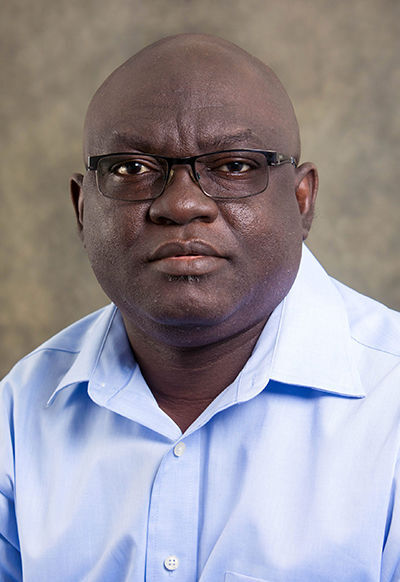PLATTEVILLE, Wis. — University of Wisconsin-Platteville professors Joseph Wu and John Obielodan were struck last year by reports of farmers dumping milk after restaurants and schools closed during the COVID-19 pandemic.
Instead of watching their financial investment seep into the ground, farmers would benefit significantly if that product could have been converted into other useful products, Obielodan said.
He and Wu are perfecting a process to utilize waste milk and whey as material for 3-D printing, one of several studies being funded by Wisconsin’s Dairy Innovation Hub.
“It prints very well, like any commercial material,” Obielodan said.
It has been one year since faculty members at UW-P and two other University of Wisconsin institutions were awarded grants to develop new methods for improving animal husbandry, enhancing food production and identifying new markets for dairy products.
UW-P used its $2.1 million allocation to hire additional professors and award seven research fellowships to existing faculty.
Obielodan and Wu have developed proprietary treatments to convert a milk protein known as casein into long strings. The milk-derived filaments, which are biodegradable, could be used in lieu of synthetic ones that are produced using petroleum.
They currently are verifying how changing the recipe affects the filaments’ mechanical properties, including the strength, flexibility and responses to temperature.
Another project overseen by professors Hal Evensen and Cyrus Habibi seeks to mechanize the process by which farmers allocate pasture space on which cattle graze. Students developed a remote-controlled rover that can drag a movable fence.
Farmers often must do the work by hand, which can be time-consuming and imprecise. The rover is equipped with a special sensor suite that students developed.
This summer, the researchers also will test the use of electric collars and virtual fences that could direct cattle to desired grazing areas.
Professors Thomas Zolper and Bidhan Roy hope to develop an inexpensive method of predicting customer satisfaction with ice cream.
Ice cream manufacturers typically rely on human taste testers, but an inexpensive “electronic tongue” would provide a good approximation of customer preference before humans even try the product, Zolper said.
The researchers used the spring semester to analyze how human perceptions correspond to variations in ice cream’s ingredients: milk, sugar, vanilla, salt and corn starch.
They developed nine recipes, which were concocted and served to UW-P students, who rated the samples with respect to features such as creaminess, sweetness, slipperiness and melt rate.
The researchers found that ice cream smoothness increases as cream content increases, while both creaminess and sweetness increase as cream, sugar or starch increase.
The samples, which are in cold storage, will undergo further analysis this fall using a device called a rheometer that will measure their mechanical properties.




